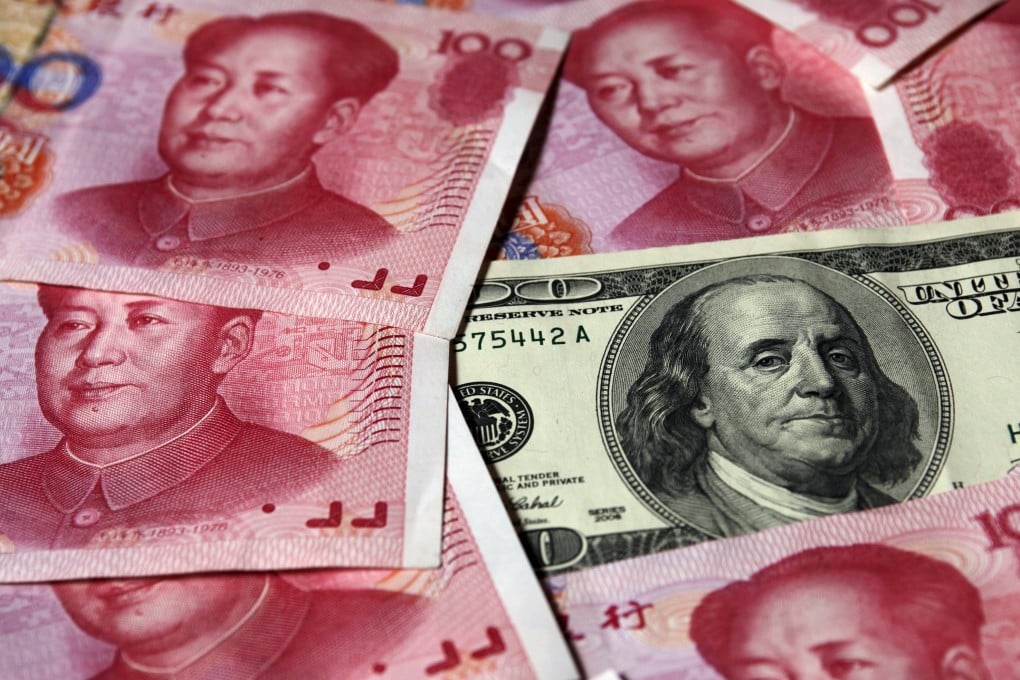With the renminbi’s inclusion in IMF currency basket, the global financial system is set for a major shake-up
Peter Wong says the move is far more than symbolic; it is a major step in China’s quest for financial reform, and there’s more to come


On November 30, the International Monetary Fund announced that the renminbi would be included in its basket of so-called special drawing rights, thus putting the Chinese currency on a par with main reserve currencies such as the US dollar and the euro.
The move represents a major step along the renminbi’s path from a national currency to an international one. It also presages more of the financial and capital-account liberalisation that forms part of China’s overall economic reform efforts.
The renminbi’s SDR inclusion gives greater confidence to companies and institutions around the world to settle trade in renminbi and invest in renminbi-denominated assets
Just over a decade ago, renminbi usage was largely confined to mainland China. Today, more than a quarter of China’s trade is settled in renminbi. Various cross-border schemes allow foreign investors to buy stocks and bonds in mainland China. A large pool of offshore renminbi that is freely convertible for trade payment and investment also exists, Hong Kong being the largest offshore centre with some 1 trillion yuan (HK$1.21 trillion) in funding.
The SDR inclusion – long an aspiration for policymakers in Beijing – sends several important messages.
It underlines just how far the Chinese currency has come, and vindicates Beijing’s financial market reforms to date. The renminbi may not yet be freely convertible, but the developments so far reinforce the view that it is on track for full convertibility within the next few years.
At the same time, the SDR decision serves as a “sign” of long-term quality assurance: it underlines that the currency is liquid and stable as a store of value. Also, it will also give greater confidence to companies and institutions around the world to settle trade in renminbi and invest in renminbi-denominated assets.
